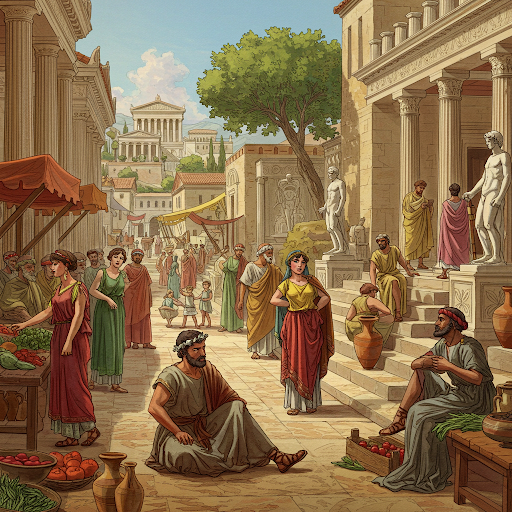Archaeologists have made an extraordinary discovery in an ancient Polish cemetery—jewelry and ornaments from the Early Iron Age that contain iron from meteorites. This groundbreaking find suggests that the people who lived in the region were skilled metalworkers far earlier than previously believed.
Meteorite Iron in Ancient Jewelry
The study, published in the Journal of Archaeological Science: Reports, analyzed 26 jewelry samples, including bracelets, an ankle ring, and a brooch, all found in an ancient burial site in Poland. Researchers discovered that these artifacts contained iron from meteorites.
“Although the number of samples is relatively small, this collection represents one of the largest known assemblages of meteorite iron artifacts ever found at a single archaeological site,” the researchers explained.
Mastering the Art of Meteorite Iron Processing
Scientists believe that the people of the Lusatian Culture, who lived between 750 BCE and 600 BCE, had the knowledge to melt and work with meteorite iron, shaping it into distinct patterns on their jewelry.
The study focused on artifacts from two Early Iron Age cemeteries in southern Poland—Częstochowa-Raków and Częstochowa-Mirów—located just six kilometers apart.
Using advanced techniques such as X-ray fluorescence and electron microscopy, archaeologists analyzed the composition of the artifacts. They found that four out of the 26 examined pieces—three bracelets and a brooch—were made from meteorite iron, likely sourced from a single cosmic object.
The analysis also revealed that the objects contained both cast iron from terrestrial metal sources and meteorite iron. The cast iron was probably imported through trade, possibly from ore deposits in the Alps or the Balkans, but was forged locally. This raw material was then supplemented with extraterrestrial iron.
A Rare Space Rock with Unique Properties
Further analysis identified the meteorite iron as coming from an “exceptionally rare” space rock—an ataxite meteorite, which is rich in nickel. “Extensive examination suggests that only one meteorite source was used,” the researchers noted.
The study indicates that meteorite iron was treated much like naturally occurring iron ore. These findings challenge previous assumptions, proving that the ancient inhabitants of southern Poland were capable of working with iron long before archaeologists had thought.
Moreover, the use of meteorite iron seems to have lost its symbolic significance by this time. In the Bronze Age, before the discovery of iron smelting, meteorite iron was highly valued. However, this study suggests that by the Early Iron Age, it was intentionally used to create specific patterns in jewelry—almost a thousand years before the development of wootz steel and Damascus steel.
While the discovery is relatively small in scale, its implications are enormous. The results place Poland among the most significant archaeological sites for meteorite iron finds, ranking alongside those of ancient Egypt.












































